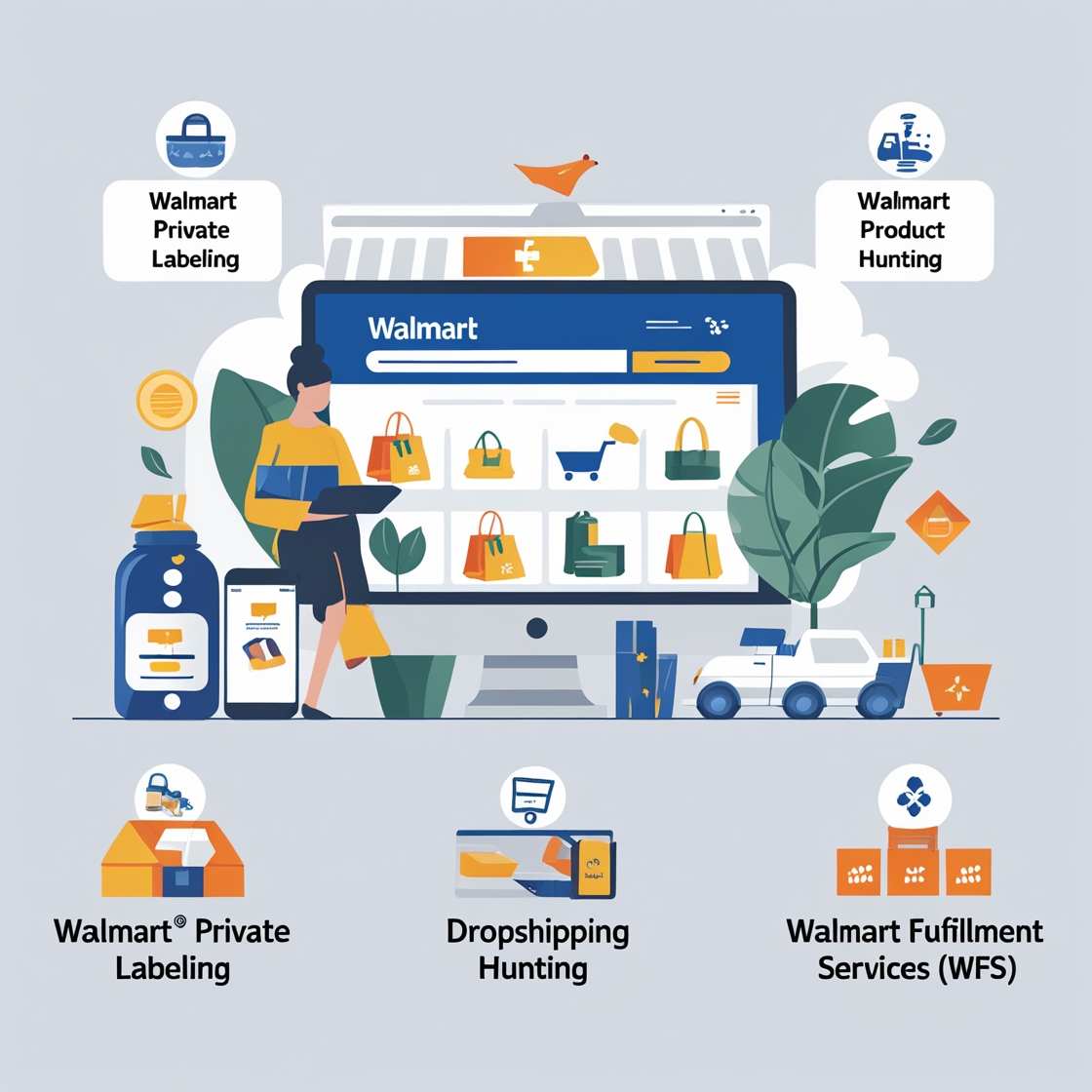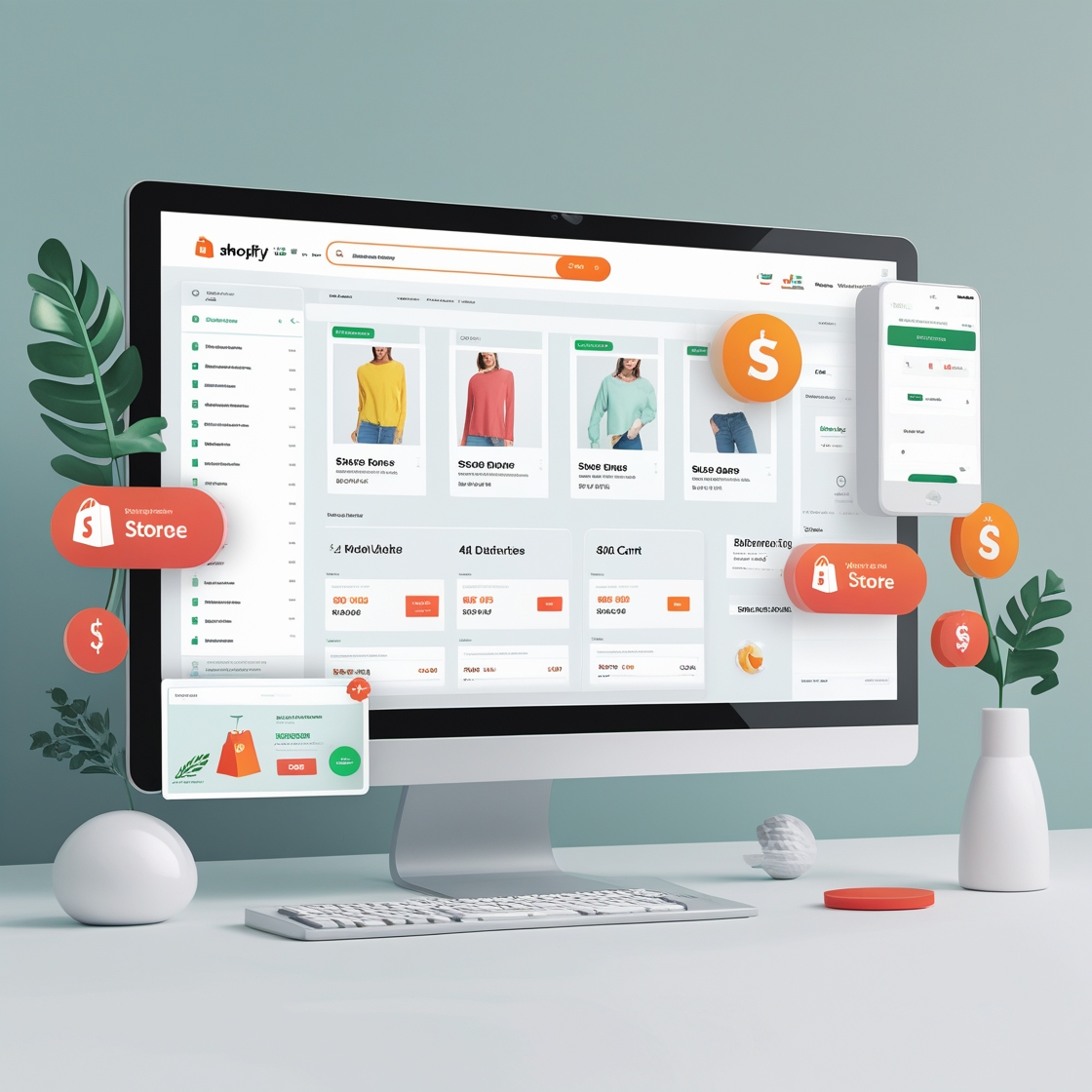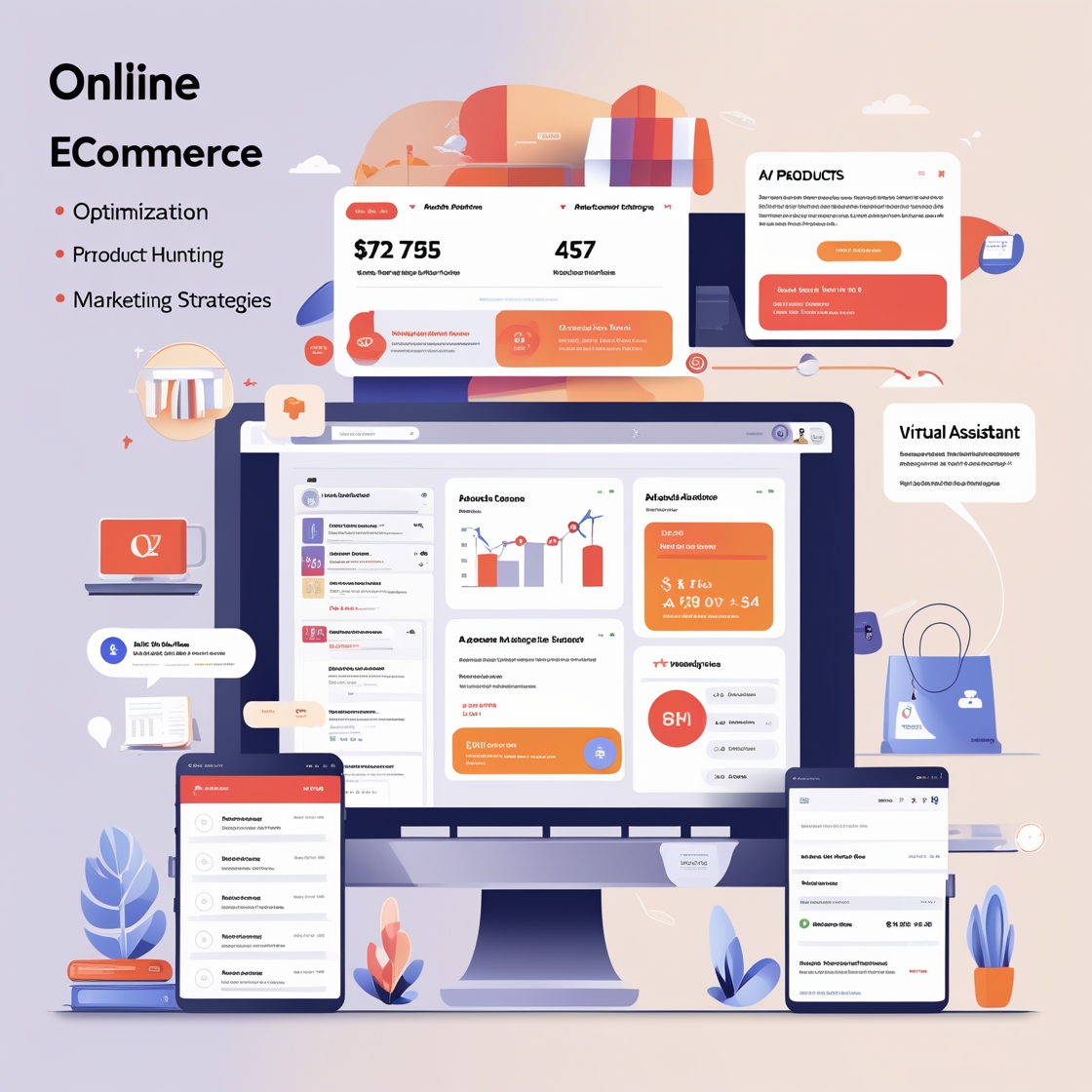Amazon is the world’s largest online marketplace, offering incredible opportunities for sellers. Whether you’re just starting or looking to scale your business, leveraging Amazon’s platform to its fullest potential is key to achieving long-term success. In this blog, we’ll dive into the key strategies for building a successful Amazon business, covering everything from Amazon Store Creation to PPC (Pay-Per-Click) advertising, with a focus on FBA Automation, Private Labeling, and A+ Content.
1. Amazon Store Creation: Laying the Foundation for Success
Overview:
Creating an Amazon store is the first step in establishing your presence on the platform. A well-organized store enhances the customer experience, improves conversion rates, and boosts your brand visibility.
How to Create Your Amazon Store:
- Sign up for an Amazon Seller Account: If you haven’t already, you’ll need to set up an account as either an individual or professional seller.
- Set Up Your Brand: Your store is essentially a brand showcase. Ensure you provide relevant branding materials, product listings, and images that reflect your business’s personality.
- Custom Storefront Design: Amazon allows you to customize your storefront with tools that enable you to design an engaging, professional storefront. Choose from templates and tailor your store to appeal to your target customers.
Benefits of a Storefront:
- Branding: A branded store enhances customer trust and recognition.
- Navigation: Your customers can easily browse all your products in one location.
- Enhanced Marketing: Use your store’s page for marketing campaigns, seasonal promotions, and product launches.
2. Amazon FBA Automation: Streamlining Operations for Efficiency
Overview:
Fulfillment by Amazon (FBA) is a service that handles the storage, packing, and shipping of your products. Automating FBA operations can help scale your business while saving you time and reducing logistical headaches.
Benefits of FBA Automation:
- Efficient Order Fulfillment: Amazon takes care of all the logistics, including shipping, returns, and customer service, so you can focus on growing your brand.
- Global Reach: With FBA, you can ship your products internationally and benefit from Amazon’s trusted delivery system.
- Prime Eligibility: FBA products are eligible for Amazon Prime, which can boost your product’s visibility and sales.
How to Automate FBA:
- Use Third-Party Tools: Automation tools like RepricerExpress, SoStocked, and InventoryLab can help manage your inventory, pricing, and product replenishment.
- Link Your Store with FBA: Ensure your store is properly connected with Amazon FBA’s system for seamless integration.
3. Amazon Private Labeling: Building Your Own Brand
Overview:
Private labeling involves sourcing generic products and branding them with your own label and logo. It’s a cost-effective way to create a unique product line without dealing with the complexities of manufacturing.
Benefits of Private Labeling:
- Brand Control: With private labeling, you control your brand image, pricing, and product specifications.
- Higher Margins: By marketing your product under your own brand, you can often sell it at a higher price point, maximizing your profit margins.
- Exclusive Products: Private labeling allows you to differentiate your products in a crowded marketplace.
How to Get Started:
- Find a Supplier: Use platforms like Alibaba or Global Sources to find reliable manufacturers.
- Create Your Brand: Design your logo and product packaging, ensuring it aligns with your brand’s identity.
- List Your Product on Amazon: Once your products are ready, create high-quality listings with compelling images and descriptions.
4. Amazon A+ Content: Enhancing Your Listings for Higher Conversions
Overview:
Amazon A+ Content allows you to enrich your product descriptions with multimedia elements like images, videos, and enhanced text, making your listings more engaging and professional.
Benefits of A+ Content:
- Improved Conversion Rates: Enhanced visuals and detailed descriptions can convince potential buyers to make a purchase.
- Better Brand Storytelling: A+ Content allows you to tell your brand’s story and explain your product’s value proposition more effectively.
- SEO Benefits: The use of rich media can improve your listing’s visibility and rank higher in Amazon search results.
How to Implement A+ Content:
- Eligibility: You must be a brand-registered seller to access A+ Content.
- Designing A+ Content: Use high-quality images, infographics, and product comparison charts. Highlight key features, benefits, and unique selling points to persuade customers.
5. Amazon Product Hunting: Finding Profitable Products to Sell
Overview:
Product hunting is a crucial step in establishing a successful Amazon business. Finding the right product to sell is the foundation of your business’s profitability.
How to Find Profitable Products:
- Use Product Research Tools: Tools like Jungle Scout, Helium 10, and AMZScout help you analyze market trends, competition, and sales data to find products with high demand and low competition.
- Check Amazon’s Best Seller Lists: Look at Amazon’s Best Seller lists to identify trending products and niches.
- Look for Gaps: Analyze customer reviews to spot gaps in the market or potential improvements for existing products.
6. Amazon PPC (Pay-Per-Click): Driving Targeted Traffic to Your Listings
Overview:
Amazon PPC is an advertising model where you pay for ads that drive traffic to your listings. It’s an effective way to increase visibility and sales, especially for new products or products that need an extra push.
How PPC Works:
- Sponsored Products: These are ads that appear in search results or on product pages. You bid on keywords relevant to your product, and your ad appears when a customer searches for those terms.
- Sponsored Brands: These ads feature your brand logo, a custom headline, and multiple products, helping you promote your brand and increase visibility across Amazon.
- Sponsored Display: These ads appear on and off Amazon, allowing you to retarget potential customers who have shown interest in your products.
Best Practices for Amazon PPC:
- Optimize Your Listings: Ensure your product titles, descriptions, and images are fully optimized to increase the chances of conversion when customers click your ads.
- Target Relevant Keywords: Use keyword research tools to identify the most relevant and high-converting keywords for your products.
- Monitor and Adjust: Regularly review your campaigns to optimize your bids, adjust targeting, and improve your ad performance.
Conclusion
Building a successful Amazon business requires a strategic approach that integrates several key elements, from store creation and product hunting to FBA automation, private labeling, A+ Content, and PPC advertising. By focusing on each of these areas, you can maximize your potential and scale your business efficiently.
At AMZ Estore, we leverage these strategies to ensure that our products stand out in the competitive Amazon marketplace. By continuously optimizing our approach to Amazon sales and marketing, we can deliver a better experience for customers and ensure consistent growth for the business.







